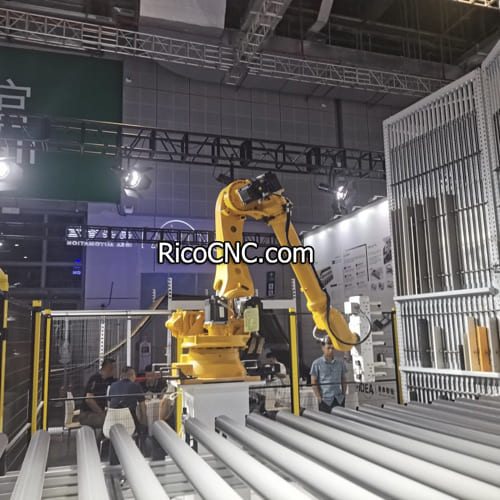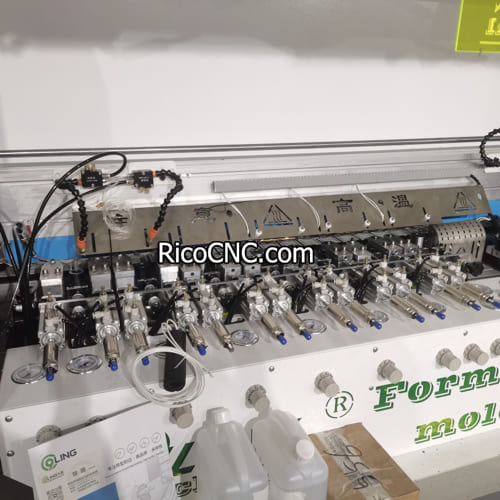
What Is the Function of a Limit Switch?
A limit switch is an essential device used in automation systems and electrical equipment to detect the presence, absence, or position of an object. Acting as an interface between a mechanical system and an electrical control, the limit switch provides both safety and functionality in a wide range of industrial applications. From detecting whether a door is open or closed to managing the position of parts on a conveyor belt, these switches are a critical element in ensuring efficient, reliable, and safe operations.
In this article, we will dive into the different functions of a limit switch, their various types, how they work, and where they are most commonly used. We'll also explore related automation parts that can be used with limit switches for enhanced functionality.
Understanding the Function of a Limit Switch
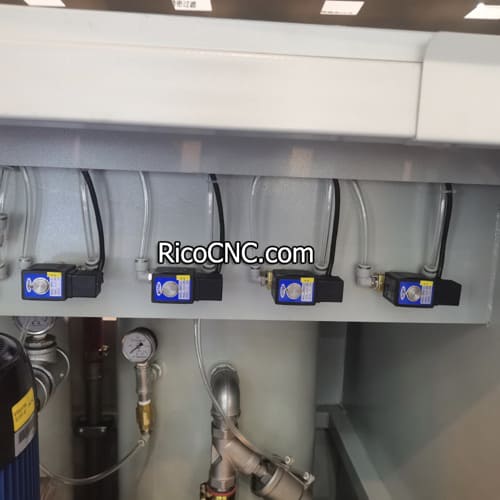
A limit switch works by making physical contact with an object and, as a result, triggers an electrical response. The simplest example is a door switch; when the door closes, the switch is activated, sending a signal to a control system to stop or start a specific action, such as turning on a light or stopping machinery.
Key Functions of Limit Switches
Position Sensing: One of the primary roles of a limit switch is to sense the position of an object. Whether it's determining if a gate is fully open or sensing the exact placement of a piece on an assembly line, limit switches provide real-time feedback about the object's position.
- Safety Interlocking: Another crucial function is acting as a safety mechanism to prevent equipment from moving into areas where it could cause damage. For instance, limit switches can prevent a robotic arm from moving beyond its designated boundary, protecting both the machine and the operator.
- System Interfacing: In many systems, limit switches help in interfacing between a mechanical and an electrical system. When a particular position is reached, the limit switch can send a signal to the electrical controller to activate or deactivate certain functions, like starting a motor, stopping a conveyor belt, or reversing an actuator.
- Automation Efficiency: In complex manufacturing systems, limit switches improve automation efficiency by precisely controlling the sequence of operations. When a part reaches the end of one stage, a limit switch can signal the system to begin the next operation, facilitating smooth, automated workflows.
- Protective Monitoring: Limit switches also function as a safety control to monitor mechanical components. If a component moves outside its expected range, a limit switch can trigger a warning or stop the machinery to prevent damage.
Types of Limit Switches
There are several types of limit switches, each designed to serve specific purposes and work under different conditions. Below are some of the common types:
Mechanical Limit Switches: These use physical contact to activate. They are rugged and reliable, often used in situations with heavy mechanical action.
- Non-Contact Limit Switches: These use technologies like magnetic or optical sensors to detect the presence of an object without physical contact.
- Rotary Limit Switches: These are used where rotational movements need to be monitored. They are often found in cranes and elevators.
Each type of limit switch has its unique characteristics that make it suitable for specific environments and applications, ranging from heavy machinery to precision automation.
Related Product Insight
For efficient automation involving limit switches, the 5728400420 AVENTICS Pneumatic Solenoid Valve can be useful in combination with limit switches. It provides precise control of pneumatic systems, enhancing safety and response speed in critical situations. 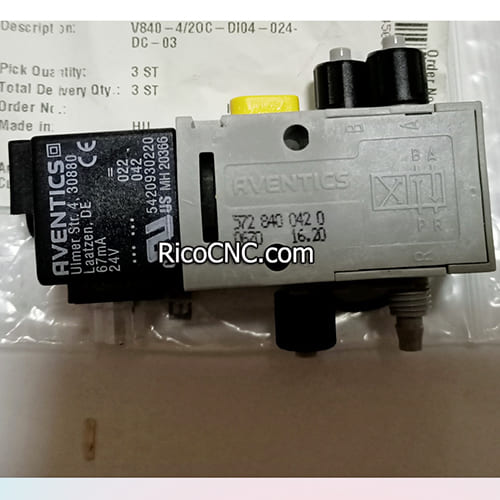
How Limit Switches Work
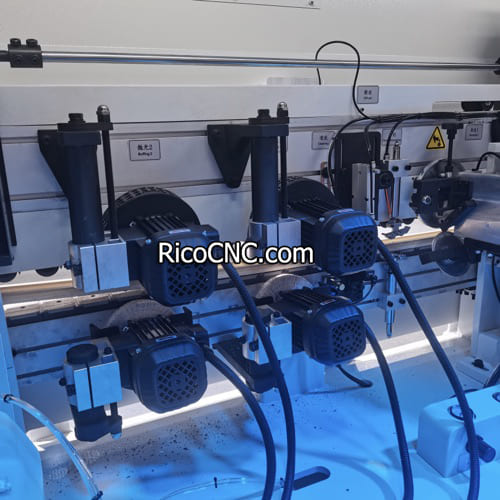
The working principle of a limit switch is fairly simple yet very effective. It operates by making physical contact or by sensing proximity. The switch is attached to a mechanical actuator that changes position based on the movement of another mechanical part. When the actuator reaches a certain point, it triggers an internal contact, causing the switch to open or close an electrical circuit.
Open vs. Closed Switches
A limit switch can operate in two distinct ways: normally open (NO) or normally closed (NC). These terms refer to the state of the electrical contacts when the switch is at rest.
Normally Open (NO): In this configuration, the electrical circuit is open when the switch is in a neutral position. The circuit closes only when the switch is activated, allowing current to flow.
- Normally Closed (NC): In contrast, an NC limit switch has a closed electrical circuit when the switch is at rest. Activating the switch breaks the circuit, stopping the current flow.
The state of the limit switch—whether it is in the open or closed position—plays a critical role in determining its function in an automation process. For instance, a limit switch in a safety interlock may need to be NC to ensure a fail-safe design; if something goes wrong and the switch opens, the circuit is immediately broken, halting machinery to prevent damage.
Practical Example: Integration in Conveyor Systems
Consider a conveyor belt system in a manufacturing facility. Limit switches are used to detect the positioning of products on the conveyor belt. As soon as a product reaches the end of the conveyor, a limit switch detects its presence and sends a signal to stop the motor. This simple yet effective application helps prevent products from falling off the end of the line, improving safety and efficiency.
Applications of Limit Switches in Automation
Limit switches have a wide range of applications in both industrial and home automation. They can be found in systems like elevators, conveyor belts, packaging machinery, and garage doors. In each case, they perform an essential function to provide feedback on movement and to ensure the safety of operations.
Elevators: In an elevator system, limit switches are used to determine the position of the elevator car and ensure that it stops at the right floor.
- Packaging Machines: In a packaging line, limit switches can be used to count the number of items that pass through or to initiate a sequence once a specific threshold is met.
- Garage Doors: In residential automation, limit switches detect whether a garage door is fully open or closed, providing essential safety and control.
Related Product Insight
For systems requiring precise positioning and control, the PHS520S-8 Parker PEC5-220V-D Single Solenoid Valve is an excellent choice to combine with limit switches. This part provides the reliability needed for efficient automation systems.
Benefits of Using Limit Switches
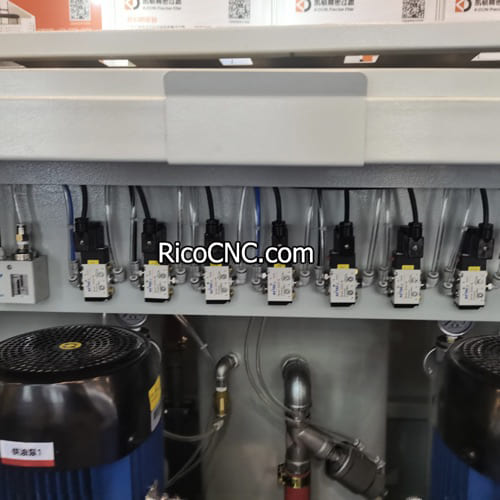
Reliability and Durability
One of the primary advantages of using limit switches in automation is their reliability. Since these switches are often mechanical, they are highly durable and capable of withstanding harsh environments. Their design makes them ideal for use in industrial automation, where conditions may be challenging.
Precision Control
Limit switches offer precise control over the position of an object. This precise feedback enables automation systems to perform complex sequences without error. A well-calibrated limit switch can significantly enhance the efficiency of an operation, especially when accuracy is paramount.
Cost-Effective Solution
Compared to advanced sensors, limit switches are relatively low-cost and easy to maintain. They are a cost-effective solution for many industrial applications, providing excellent performance without the need for expensive alternatives.
Related Product Insight
If you're looking for more advanced automation parts to work with limit switches, you may consider using the 0820022027 Bosch Aventics Pneumatic Directional Valve. This valve works well in automation systems where limit switches control pneumatic actuators, ensuring precise and responsive action.
Frequently Asked Questions
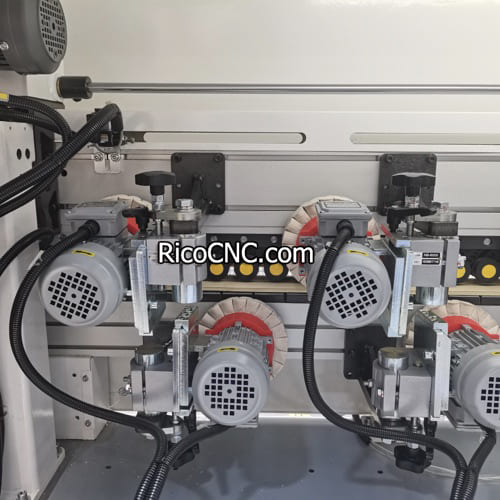
1. What is the purpose of a limit switch in automation?
A limit switch is used to detect the presence or position of an object, often acting as an interlock to ensure that processes proceed safely and efficiently.
2. How does a limit switch differ from a proximity sensor?
A limit switch generally requires physical contact with the target, while a proximity sensor detects objects without contact, using magnetic, capacitive, or other sensing technologies.
3. Are limit switches durable enough for industrial environments?
Yes, most limit switches are built to be rugged and can withstand extreme industrial conditions, including dust, moisture, and vibration.
4. Can limit switches be used for safety purposes?
Absolutely, limit switches are often used as part of safety interlocks to prevent machinery from moving into unsafe positions.
Conclusion
Limit switches play a crucial role in automation systems, from position sensing to acting as critical safety controls. They are cost-effective, reliable, and offer precise control, making them ideal for a wide range of applications. Whether used in an industrial conveyor system, a residential garage door, or a complex packaging machine, limit switches help ensure smooth, efficient, and safe operations. As technology evolves, integrating limit switches with other advanced components such as solenoid valves can further enhance their utility, providing even greater efficiency and safety.
If you want to explore the various automation parts, including limit switches, that can improve your systems, contact us today. Let’s make your automation more reliable and efficient together.
